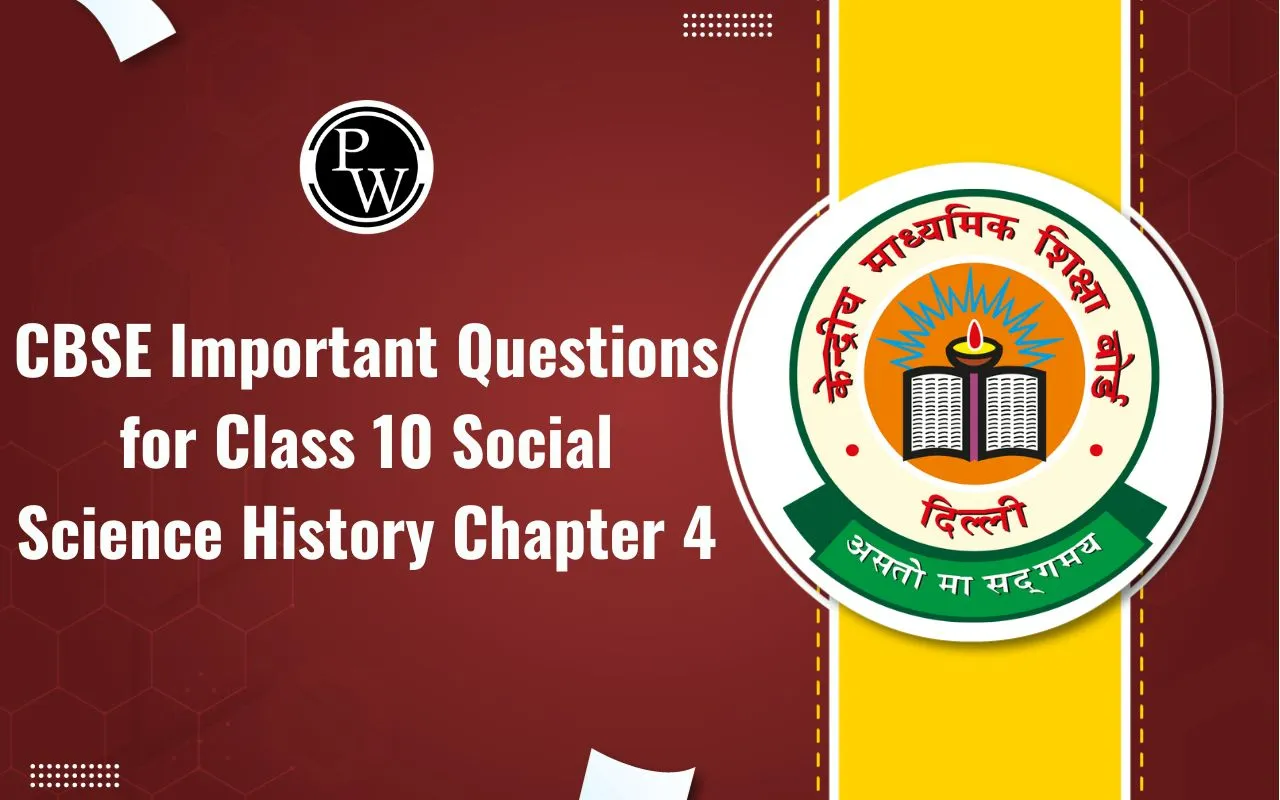
CBSE Important Questions for Class 10 English First Flight Chapter 1: "A Letter to God" by Gregorio López y Fuentes is a story about Lencho, a poor but dedicated farmer, whose crops are destroyed by a hailstorm. Deeply religious, he writes a letter to God, asking for financial help.
The postmaster, moved by Lencho’s faith, collects money from his colleagues and sends it to him. However, upon receiving less than requested, Lencho assumes the post office employees stole the rest, showcasing his unwavering belief in divine assistance but distrust in humans. The story highlights themes of faith, innocence, hope, and irony, making it an essential read for CBSE Class 10.
CBSE Important Questions for Class 10 English First Flight Chapter 1 Overview
CBSE important questions for A Letter to God help students understand key themes, character analysis, and literary devices used in the story. These questions enhance comprehension skills, critical thinking, and answer-writing techniques.
By practicing them, students can effectively prepare for exams, ensuring they grasp the moral lessons of faith, innocence, and irony. Additionally, these questions improve their ability to express ideas clearly and concisely, making them well-prepared for board examinations and overall language proficiency.
CBSE Important Questions for Class 10 English First Flight Poem Chapter 1
CBSE Important Questions for Class 10 English First Flight Chapter 1 PDF
To help students prepare effectively for their exams, we have provided a PDF containing important questions from A Letter to God. This PDF includes a variety of questions covering themes, character analysis, and literary devices to enhance understanding. By practicing these, students can improve their answer-writing skills and perform well in exams. Download the PDF below for comprehensive revision and preparation.
CBSE Important Questions for Class 10 English First Flight Chapter 1 PDF
CBSE Important Questions for Class 10 English First Flight Chapter 1 A letter to God
Below are the CBSE Important Questions for Class 10 English First Flight Chapter 1 A letter to God -
1. What were Lencho's feeling when the hail has stopped?
Sol. When the hail stopped, Lencho's feelings were filled with sadness and despair. He realized that the hail had destroyed their corn fields, leaving them with no harvest for the year. Lencho lamented the bleak future ahead for himself and his family, feeling shattered by the loss caused by the hailstorm.
2. Who was Lencho? What were his main problems?
Sol. Lencho was a hardworking farmer who lived with his family on the crest of a low hill. His main problem arose when a hailstorm destroyed his crops, leaving him in need of money to sow his fields again and support his family. This loss of his crops due to the hailstorm led to Lencho's desperation and his plea for financial assistance to overcome the adversity faced by his family.
3. What did Lencho compare the raindrops to and why?
Sol. Lencho compared the raindrops to "new coins" because he saw them as a symbol of hope for a good harvest. The rain was essential for his crops, and a successful harvest would bring prosperity by providing him with the money needed to support his family. Therefore, Lencho viewed the raindrops falling like new coins from the sky as a sign of potential financial security and well-being that a bountiful harvest would bring.
4. Why did Lencho write a letter to God?
Sol. Lencho wrote a letter to God because he believed that God could help him in his time of need. After the hailstorm destroyed his crops, leaving him in a desperate situation without the means to support his family, Lencho turned to God as a source of hope and assistance. He expressed his faith and trust in God's ability to provide for him and his family, seeking divine intervention to overcome the challenges he faced due to the loss of his crops.
5. Why did Lencho not want the way to be sent through mail?
Sol. Lencho did not want the money to be sent through mail because he believed that the mail system was not reliable. He feared that if the money was sent through mail, some of it might get lost or stolen. Lencho preferred to receive the money in person, directly from the hands of the postmaster, to ensure that it reached him safely and completely. This lack of trust in the mail system led Lencho to request for the money to be handed over to him in person, rather than being sent through the mail.
6. What are the raindrops compared to and why?
Sol. Lencho compared the raindrops to "new silver coins" because he saw them as a symbol of
prosperity and a good harvest. He likened the big raindrops to ten-cent pieces and the smaller ones to five-cent pieces, envisioning them as round, shining, and precious, much like actual coins. This comparison was rooted in Lencho's anticipation that the raindrops would bring him the financial security and well-being that a bountiful corn harvest would provide. The raindrops symbolized hope for a successful harvest, which would bring him the money needed to support his family, hence the comparison to new coins.
7. Why did Lencho become angry when he counted the money?
Sol. Lencho became angry when he counted the money because he realized that he had only received seventy pesos instead of the hundred pesos he had requested in his letter to God. His deep faith in God led him to believe that God would not make a mistake or deny him what he had asked for. Therefore, when Lencho saw that the amount was less than expected, he became infuriated, assuming that the post office staff had taken the remaining funds. This discrepancy between his expectation of receiving the full amount and the actual sum he received triggered his anger, as it challenged his unwavering belief in God's provision and care.
8. How does Lencho's faith in God contrast with the postman's perspective?
Sol. Lencho's faith in God is unwavering and absolute; he believes God will directly provide the help he needs and writes a letter with complete trust. In contrast, the postman views Lencho's act with amusement and skepticism, approaching the situation practically by collecting money out of kindness rather than faith. While Lencho’s faith is spiritual and innocent, the postman’s actions are grounded in reality, highlighting the irony that human efforts fulfil Lencho’s belief in divine intervention.
9. Consider the role of community and solidarity in the narrative. How do the villagers respond to Lencho's plight?
Sol. The villagers' collective efforts to assist Lencho showcase solidarity and empathy, illustrating the strength of community bonds in times of adversity.
10. Discuss the theme of resilience and hope in the face of adversity. How does Lencho maintain his faith despite the challenges he faces?
Sol. Lencho's resilience is evident as he persists in his belief in God's intervention despite the loss of his crops, reflecting the power of faith to sustain hope in challenging circumstances.
Benefits of Using CBSE Important Questions for Class 10 English First Flight Chapter 1
- Better Understanding of the Story – Important questions help students grasp the key themes, moral lessons, and character motivations in A Letter to God.
- Exam-Oriented Preparation – These questions align with the CBSE syllabus and exam pattern, ensuring students are well-prepared for their board exams.
- Enhanced Answer Writing Skills – Practicing these questions helps students structure their answers effectively, improving their expression and clarity.
- Critical Thinking Development – Analyzing the story through different questions encourages deeper thinking and literary appreciation.
- Time Management in Exams – Regular practice aids in writing precise and well-structured answers within the given time limit.
- Confidence Boost – Revising through important questions ensures students feel prepared and confident while attempting their English exam.
CBSE Important Questions for Class 10 English First Flight Chapter 1 FAQ
What is the irony of the story a letter to God?
What did the earth need a letter to God?
What is the central idea of the story a letter to God?










